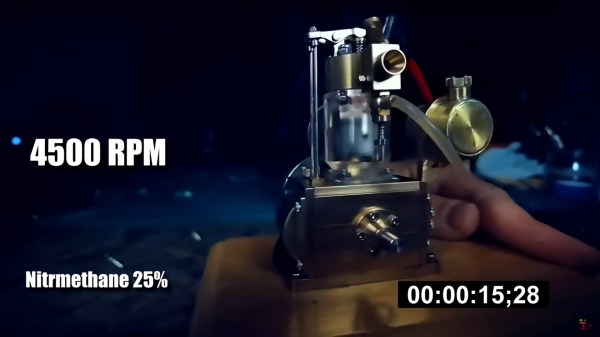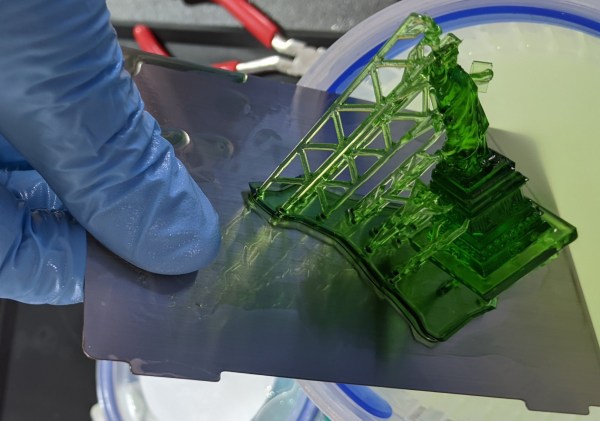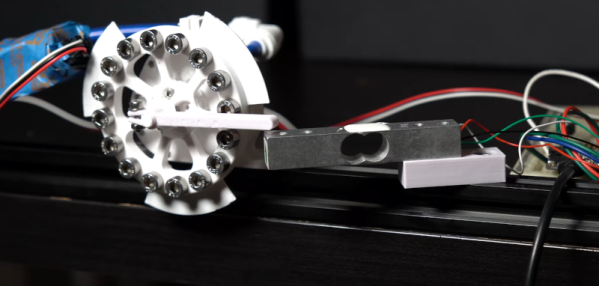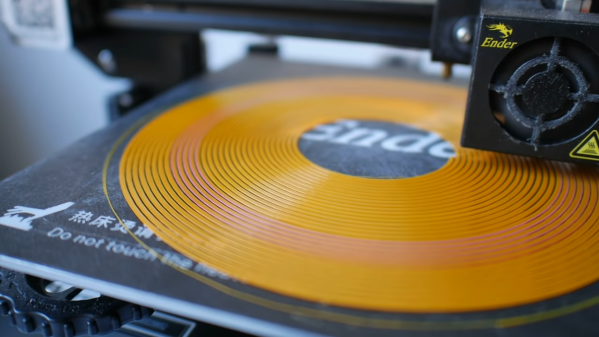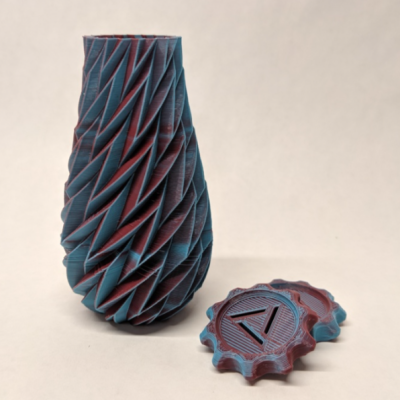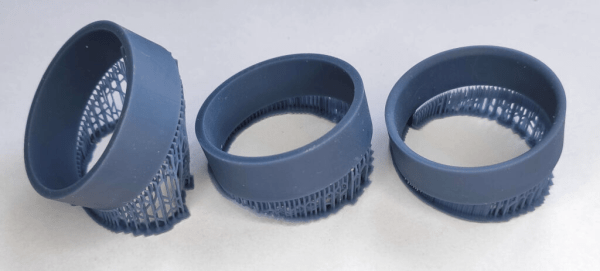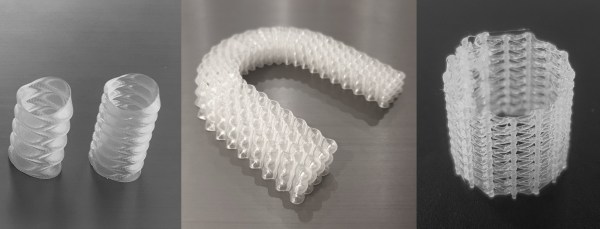When we think of a typical four stroke internal combustion engine, we think of metal. And for any type of longevity or performance, that’s certainly the right choice. But [Integza] wanted to see what happens inside a 4 stroke engine, and it wasn’t enough to see it from a transparent cylinder head. No, he wanted to see it in the cylinder itself. Thanks to advances in material sciences, he got his wish as seen in the video below the break.
While researching possible transparent materials to use as a cylinder on his model engine, he learned about resin polishing. Combining his newly learned resin polishing knowledge with his knowledge of 3D printing, [Integza] printed a new cylinder and polished the resin until it was transparent. The engine ran, but misfired terribly.
The experiment progressed into trying different fuels and learning the differences between them, as well as uncovering a new-to-him mystery: Why was the engine misfiring, and why did the different fuels act so dramatically different? Indeed, more learning and more experimenting is needed. But if you want to see the great sight of watching combustion take place in slo-mo, you have to check out the video below.
3D printing has come a long way in a short time, and may even hold the key to practical scramjets for hypersonic aircraft.
Continue reading “Transparent Cylinder Shows You What You Otto Know About 4 Cycle Engines”

